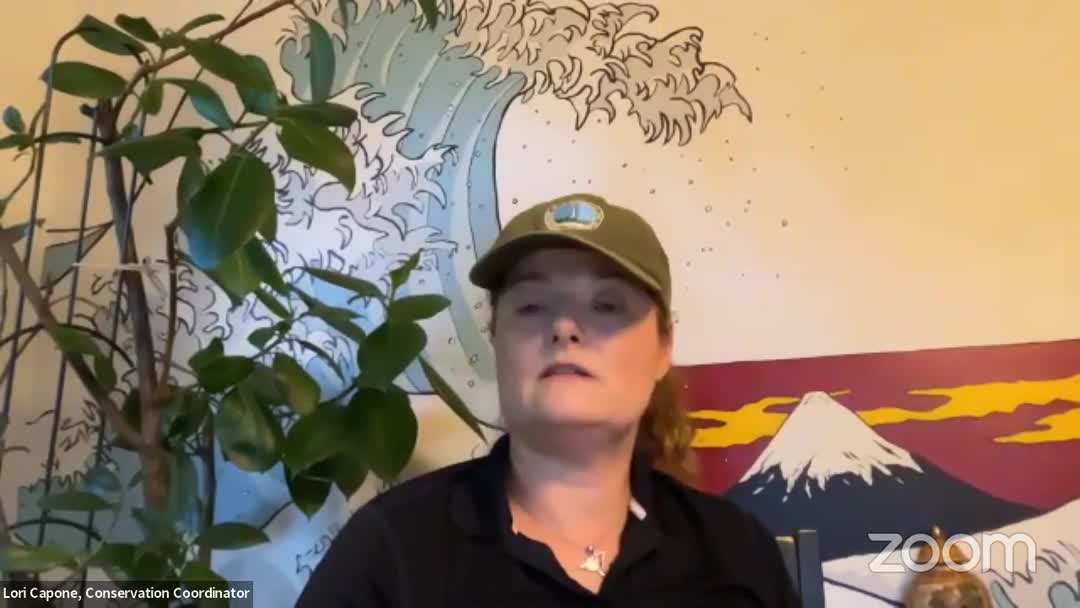Invasive species crisis demands urgent eradication strategy
July 29, 2024 | Town of Sudbury, Middlesex County, Massachusetts

This article was created by AI summarizing key points discussed. AI makes mistakes, so for full details and context, please refer to the video of the full meeting. Please report any errors so we can fix them. Report an error »

During a recent government meeting, officials discussed the urgent need for a strategy to eradicate an invasive plant species identified in a local corridor. The meeting was prompted by concerns over the plant's potential to disperse by wind, which could lead to its proliferation beyond the designated area and into nearby towns.
Laurie, a team member involved in the project, reported on the current state of the invasive species, noting that while it is primarily confined to the shoulders of the trail, its presence in the wetlands replication area raises alarms. She emphasized the importance of immediate action to prevent further spread.
Keith Gazelle, representing Solitude Lake Management, the contracted invasive species management firm, provided insights into their ongoing efforts. He explained that the team had conducted mapping of the invasive species last spring, but the newly identified Japanese tops had not been previously documented in the area. Following notification of its presence, the team quickly mobilized to assess the situation, noting that the plant's growth is more concentrated in the southern half of the corridor.
Gazelle indicated that the infestation varies in width, with some areas showing significant growth due to recent loaming and seeding activities. He committed to preparing a detailed geospatial map to illustrate the locations of the invasive plants, which will aid in developing a targeted eradication plan.
The urgency of the situation was underscored by the need for a clear and immediate action plan to address the invasive species threat. The team is expected to present their proposed strategies in the near future, as officials seek to mitigate the risks posed by the invasive plant and protect the local ecosystem.
Laurie, a team member involved in the project, reported on the current state of the invasive species, noting that while it is primarily confined to the shoulders of the trail, its presence in the wetlands replication area raises alarms. She emphasized the importance of immediate action to prevent further spread.
Keith Gazelle, representing Solitude Lake Management, the contracted invasive species management firm, provided insights into their ongoing efforts. He explained that the team had conducted mapping of the invasive species last spring, but the newly identified Japanese tops had not been previously documented in the area. Following notification of its presence, the team quickly mobilized to assess the situation, noting that the plant's growth is more concentrated in the southern half of the corridor.
Gazelle indicated that the infestation varies in width, with some areas showing significant growth due to recent loaming and seeding activities. He committed to preparing a detailed geospatial map to illustrate the locations of the invasive plants, which will aid in developing a targeted eradication plan.
The urgency of the situation was underscored by the need for a clear and immediate action plan to address the invasive species threat. The team is expected to present their proposed strategies in the near future, as officials seek to mitigate the risks posed by the invasive plant and protect the local ecosystem.
View full meeting
This article is based on a recent meeting—watch the full video and explore the complete transcript for deeper insights into the discussion.
View full meeting
